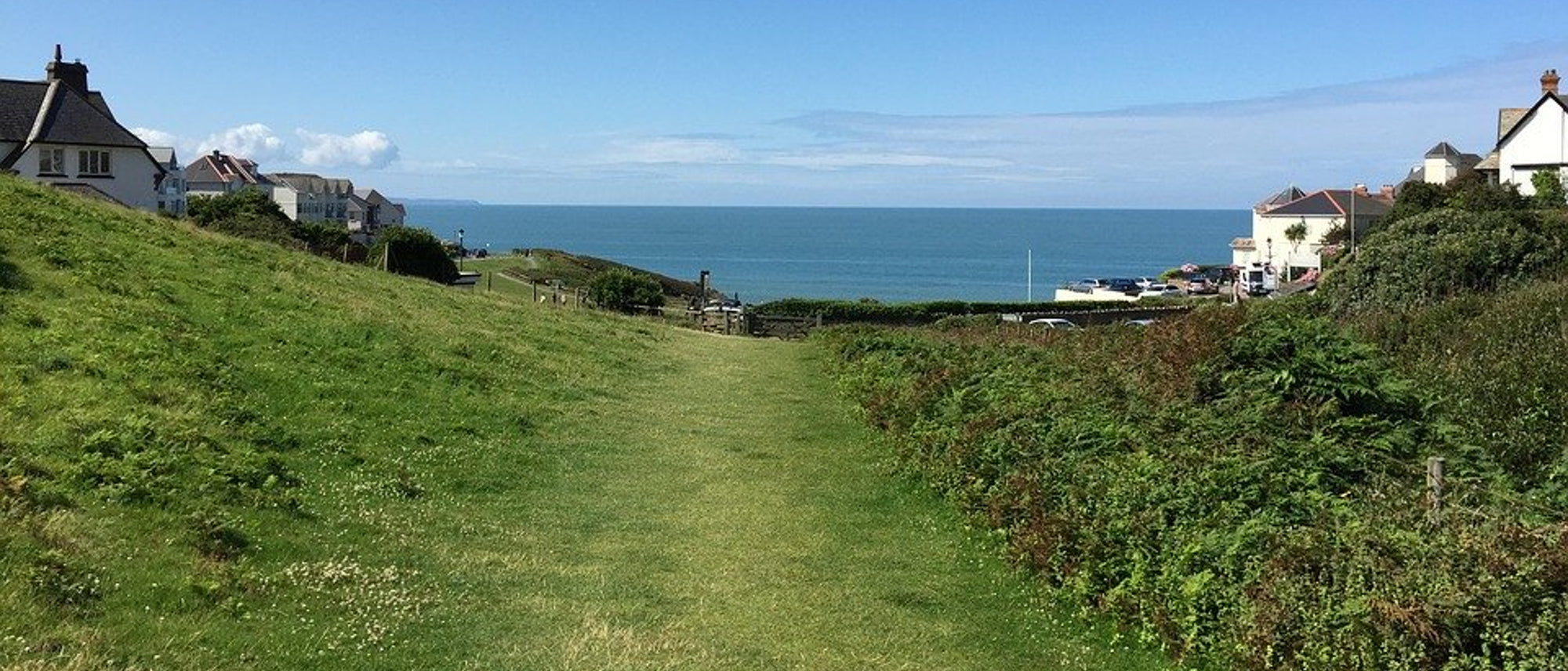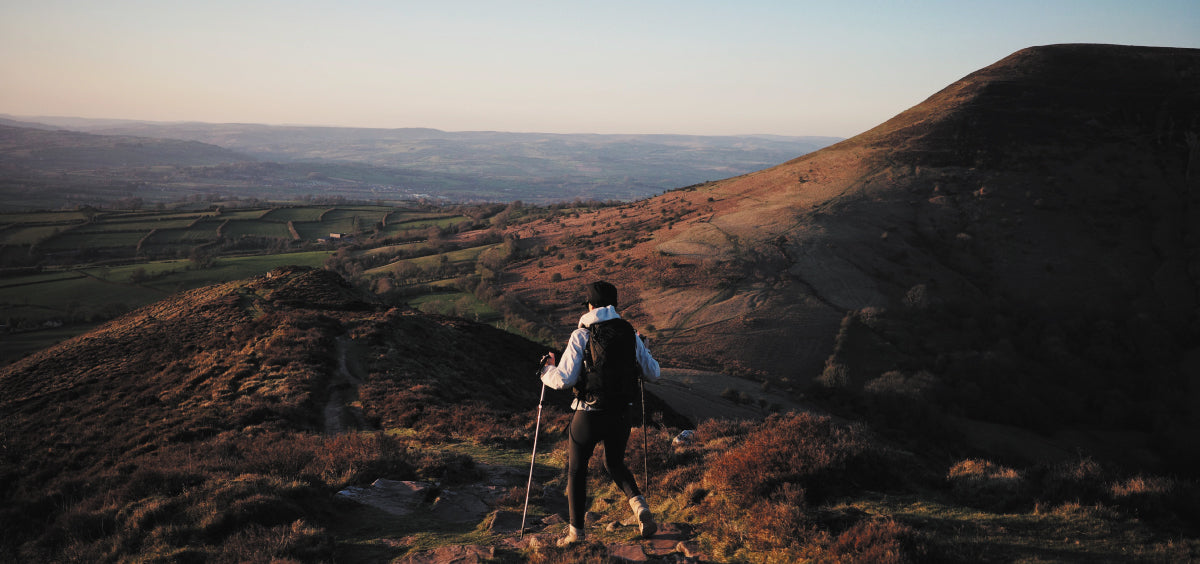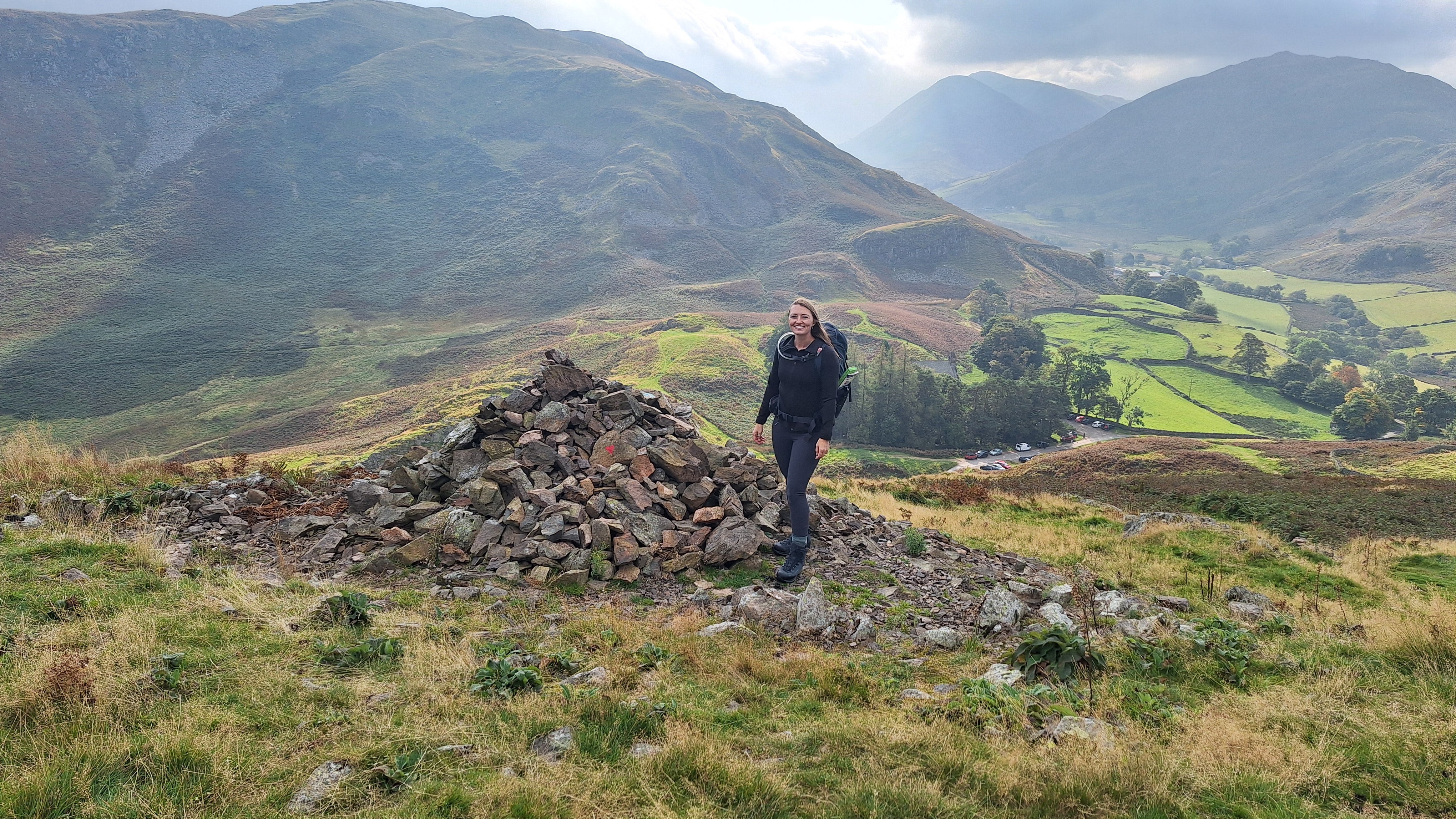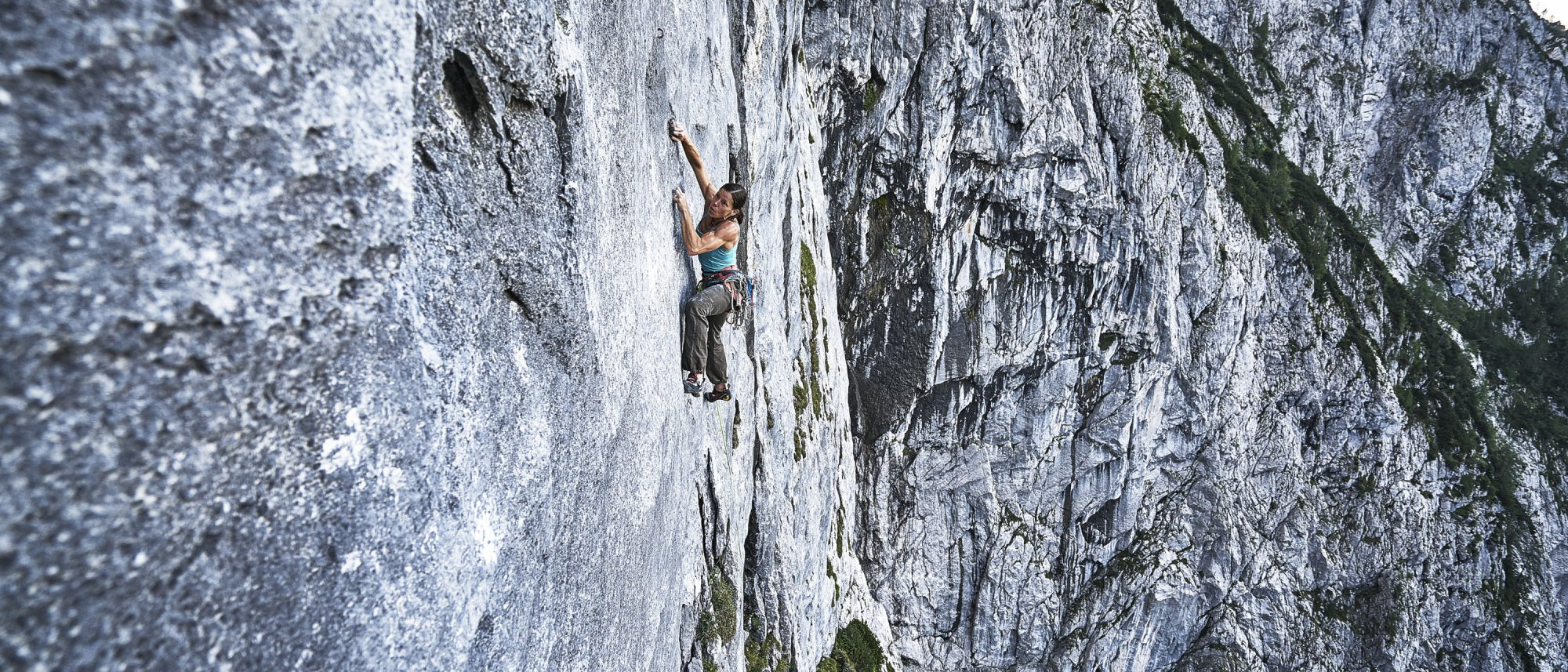A Guide to North Devon Coastal Walks

One of the most popular holiday destinations in the UK, North Devon is a beautiful destination for those looking to escape city life and reconnect with the outdoors.
Like much of South-West England, North Devon is famed for its excellent beaches that attract holiday-goers from across the country and further afield. However, this diverse region has a wealth of outdoor locations to discover, from rugged cliffs to sweeping fields.
If you’re considering visiting this region for a walking holiday, here is a quick guide as to what you can expect from the coastal routes along with some of the best locations in the area!
How Long is the North Devon Coast?
The exact length of the North Devon coastline depends on where you draw the line between Devon and its neighbouring counties, Cornwall to the west and Somerset to the east. However, when most people talk about the region, they are referring to the North Devon Coast Area of Outstanding Natural Beauty (AONB).
The North Devon Coast AONB covers roughly 66 square miles of landscape in total, including over 50 miles of coast from the town of Combe Martin to the border with Cornwall.

Walking North Devon’s Coastal Routes
The North Devon Coast AONB has an eye-catching and varied natural landscape, from stunning coastlines to wild moorlands and valleys full of biodiversity.
Given its size and rugged nature, it can be hard to walk the entire North Devon coast during a weekend visit. However, there are specific routes that you should consider experiencing if you get the chance.
Braunton Burrows
One of the most exciting landmarks in North Devon can be found at Braunton Burrows, near the popular seaside resort of Saunton. Braunton Burrows is the most extensive sand dune system in England, an anomaly in the ecosystem of the country. It is also an incredibly fertile region, with dozens of plant and animal species unique to the biome.
A popular walk in this region begins and ends in Velator Quay on the outskirts of the town of Braunton, heading through the burrows and also the nearby Braunton Marshes. Generally, this walk can take a day but could be shortened to just a leisurely afternoon.
Clovelly
Clovelly, along the western side of the North Devon coast, is a famous seaside town that attracts many tourists. However, it is also a location full of diverse natural lands that are off the beaten track.
A great example of Clovelly’s rich, untouched beauty can be found in Peppercombe Valley, just outside the town. An almost forgotten location amongst North Devon’s many famous coasts, it is a beautiful walk that leads to Peppercombe beach, a rocky seashore backed by red sandstone cliffs.
Croyde
An outdoor lover’s paradise, Croyde is a location that offers something for everyone. While a hugely popular beach and surfing location during the summer, it is also a great walking location year-round, especially when you include the nearby Baggy Point.
Baggy Point is a headland in North Devon, providing a natural barrier between the beaches of Croyde and Putsborough. A beautiful place for views of the North Devon coastline, a circular walk from the car park is about three miles long, making it perfect for a small excursion.
Hartland
Heading further west, just past Clovelly, lies Hartland, a small town that is popular with visitors. There are also some popular walking spots here, along the Devon/Cornwall border in an area known as the Hartland Cornwall Heritage Coast.
A particularly pleasant walk along the border can be found in Marsland Valley, a less-known but equally stunning example of North Devon’s coastal nature. This single-stream valley is home to a wealth of wildlife, while it also leads to more stunning, untouched views of the Atlantic.
North Devon Annual Weather
Of course, when planning any walking holiday, you’ll want to check what the weather is likely to be doing! Unfortunately, this being the United Kingdom, it’s hard to predict what the weather will do at any time. However, there are general trends that you can follow to get an idea.
Generally, given its southerly location, the South West achieves higher average temperatures than most of the UK. This climate leads to some excellent summer weather between June and August when temperatures are regularly in the mid-to-high teens.
Much like the rest of the UK, winters in North Devon are cold and long, with single-figure temperatures typical from November through March and sometimes into April. Unlike other regions, North Devon rarely experiences snowfall, although it does get a lot of cloud and rainfall throughout the year.
However, while the weather in North Devon is one thing, the climate along its coast is another. Given its exposed nature, North Devon’s coast is notably windy, leading to slightly lower temperatures compared to inland. While the climate can change rapidly at times, generally the coastal areas receive less rain. With that in mind, many of the routes mentioned here can be enjoyed year-round, so long as you’ve got the right equipment!

We hope that this overview will inspire you to visit one of the most stunning coastal regions in the UK! Remember, if you need new walking gear, we have a range of boots for all sizes, including our walking boots for wide feet.
Are you looking for more adventures across the UK? Check out our blogs on the best walks in the Lake District and the best day hikes in England!









